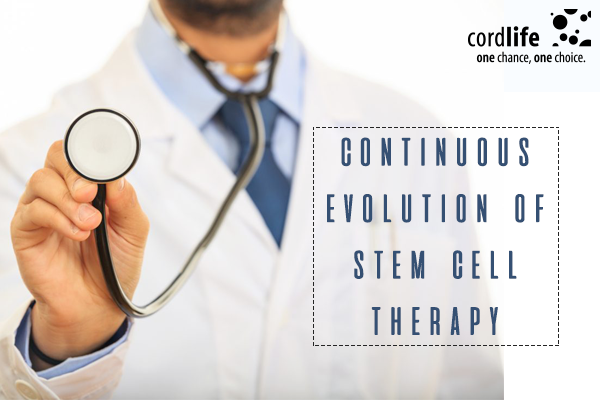Table of Contents
A stem cell transplant is an infusion of healthy blood-forming cells or stem cells to replace the cells that are destroyed by various reasons. The reasons can involve stems destroyed by disease, by radiation or consuming high doses of anticancer drugs that are given to a patient as part of any procedure. These healthy stem cells may come be retrieved from the blood or bone marrow of the patient, from a donor, or from the umbilical cord blood of a new born baby.
There are three types of stem cell transplant:
- Autologous – This is done by using a patient’s own stem cells that were collected and saved before the treatment.
- Allogenic – This is done by the donated stem cells of someone who is not related or an identical twin.
- Syngeneic – This type of transplant is done by using stem cells that are donated by an identical twin.
Stem cells are described as the foundation cells of a human body by the International Society for Stem Cell Research. Stem cells function towards helping you in every single day to repair the damaged tissues and cells. Cells are important as they rush to heal you when you meet with any kind of injury. Stem cells can be found in the body of every person and are in abundance at the time of birth. Stem cells can be assumed as neutral cells in the body, they can mould themselves into any other type of cell needed by the body. Until the body receive signals, stem cells lie latent and rush to the person’s injury to aid in repairing.
About Cord Blood Stem Cells
Cord blood is found in the umbilical cord and placenta of a new born child. Cord blood contains blood (haematopoietic) stem cells that help in producing all the other cells found in blood, including cells of the immune system. Umbilical cord was early considered as waste and discarded but can now be easily collected and frozen for later use.
There are several different blood diseases such as leukaemia, that can be treated with the help of haematopoietic stem cells (HSCs) from cord blood.
According to Researchers
There have been studies that have found out the limitation of cord blood. Cord blood stem cells is said to contain a smaller number of HSCs than a bone marrow donation. In such case, adult patients may need double the volume of cord blood for their treatments.
Researchers are finding out ways to expand the number of HSCs from cord blood in labs. It would help in patients receiving enough cells for one or more HSC transplant through single cord blood donation. Some studies suggest that cord blood can also treat diseases other than blood diseases. However, the results cannot be reproduced. There has been active investigation to find out cord blood role in treating various other diseases.
Recent Breakthroughs with Stem Cell Treatment
There is continuous evolvement in stem cell treatments and research. There is a global, collaborative and scientific effort going on to bring advancements of disease treatment. There has been recent progress related to cord blood stem cell therapy. This is a win for the medical industry since it means there can be cure for many diseases and chronic illnesses through natural methods. Here is some recent news regarding the same:
- There have been efforts by the British Heart Foundation to find out cure for heart failure by using stem cells.
- Beta cells are being artificially produced by researchers to transplant them into a diabetic patient to regulate blood sugar. If it results in success, then we’re close to eliminating diabetes.
- Stem Cell Reports, a scientific journal was published by The University of Copenhagen and Novo Nordisk. It states “detailed research into the better understanding of how to improve the production of beta cells from human embryonic stem cells”.
- Researchers at Karolinska Institute are creating cells models of the human brain by reprogramming skin cells into nerve cells.
- Researchers describe how cells from patients with the severe developmental disease lissencephaly differ from healthy cells. The study was published in Molecular Psychiatry and can be considered as a method that can provide enough knowledge on congenital diseases and their treatment.
- The effects of adult stem cells have been studied by the Scientist at The Scripps Research Institute (TSRI). They found a new approach that can reprogram ordinary adult cells into stem cells. Their study was published in an Advance Online paper in Nature Biotechnology. The TSRI scientist conducted a test on 100 million antibodies. They found out that, several of them can help in reprogram mature skin-like cells into stem cells known as “induced pluripotent stem cells” (IPSCs).
- There has been a long struggle to find out the cure for macular generation. It has been the main cause behind vision loss in older adults. Proceedings of the National Academy of Sciences, a study done by the researchers at the University of Rochester Medical Center. It is a kind of study, that demonstrates hallmarks of macular degeneration in a new human stem cell model.
